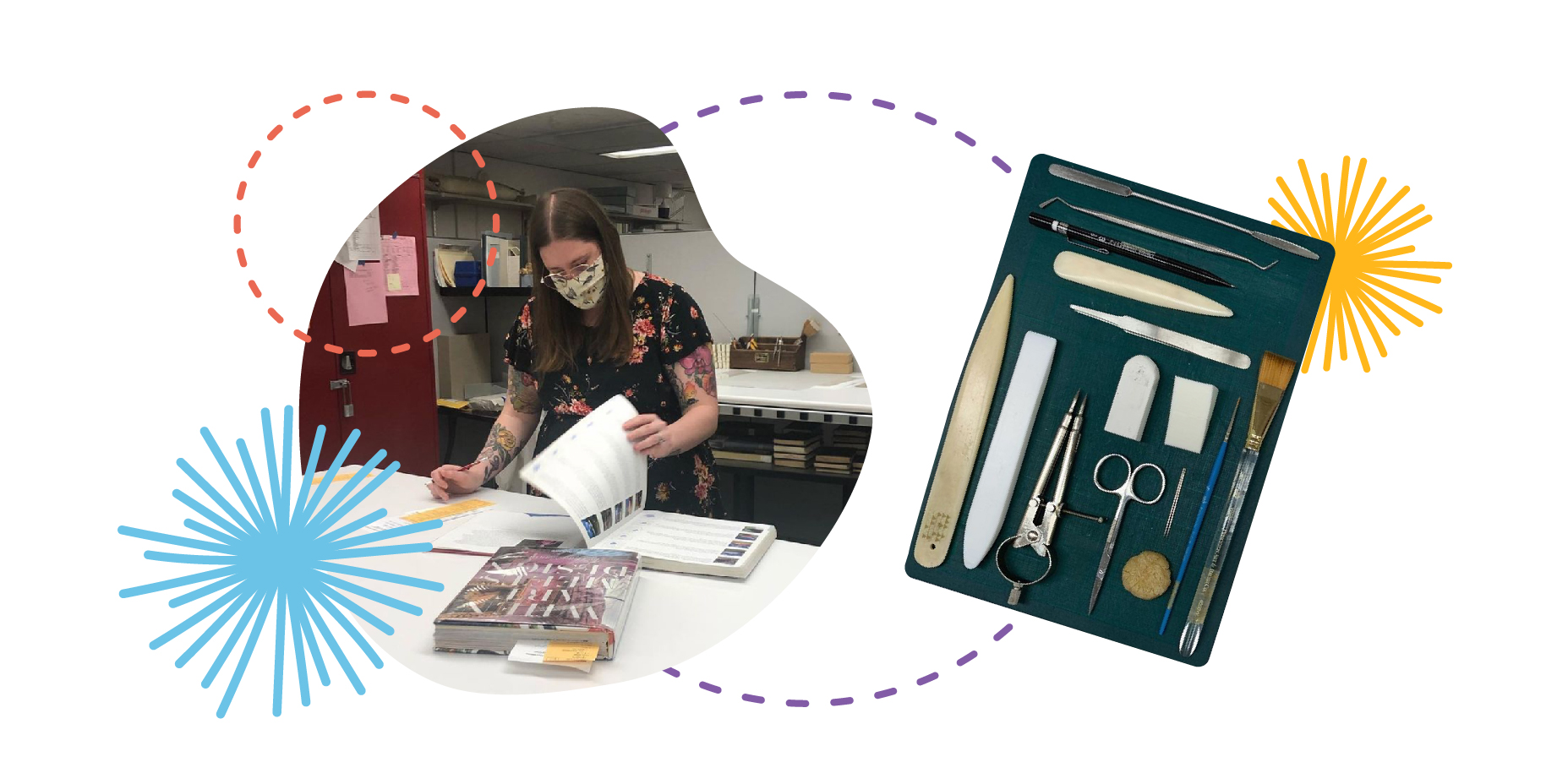
Written by Kasie Janssen and Jessica Ebert, Conservation Technicians from the Preservation Lab
As much as we would like it to be so, books do not last forever. Especially library books! Timeless words are often housed in not-so-timeless formats. In fact, books made centuries ago are more likely to last longer than that mass market paperback you just checked out from the Library. Older books were often better- made with higher-quality materials. It is very likely that you have encountered a damaged book at the library (maybe even damaged a book yourself, don’t worry, it happens.). Torn pages, pages falling out, ripped covers, the binding separating from the pages, the list goes on.
But what happens to those books that need a little TLC? Surely, they cannot continue circulating in their damaged state. That’s when the Preservation Lab, opens a new window steps in. The Preservation Lab works to preserve and conserve the collections of the Cincinnati & Hamilton County Public Library and the University of Cincinnati Libraries. As a collaborative space, the lab combines staff from both institutions. This allows for a wide range of specialties and experience as we work to treat and care for the books of our beloved institutions.
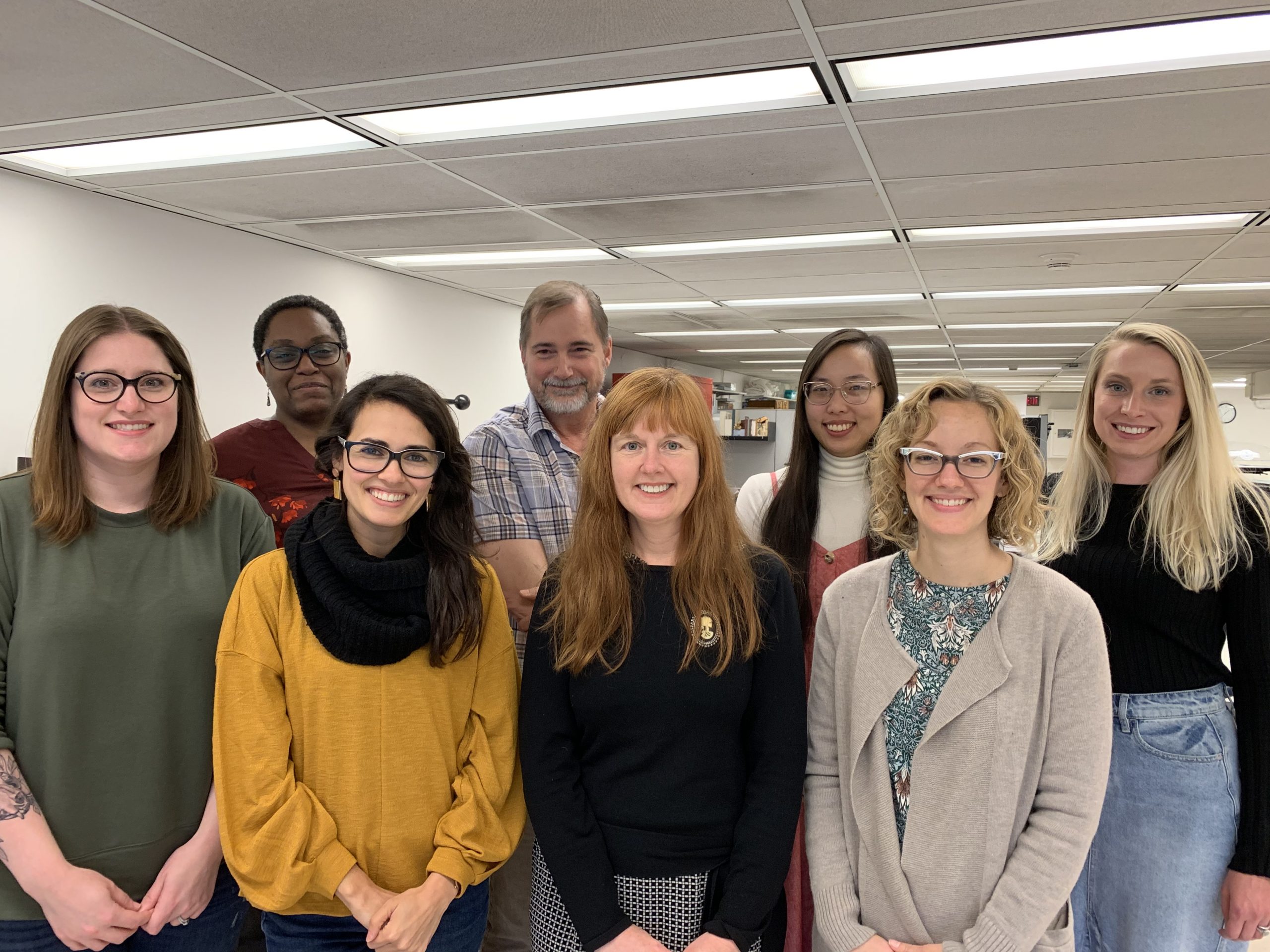 Left to right: Jessica Ebert, Hyacinth Tucker, Catarina Figueirinhas, Chris Voynovich, Holly Prochaska, Sidney Gao, Ashleigh Ferguson-Schieszer, and Kasie Janssen.
Left to right: Jessica Ebert, Hyacinth Tucker, Catarina Figueirinhas, Chris Voynovich, Holly Prochaska, Sidney Gao, Ashleigh Ferguson-Schieszer, and Kasie Janssen.
How it works
So, damaged books, the Preservation Lab: How does it all work? Let’s dig into an example of two public library books, Covered Bridges and When Art Meets Design, to explore the journey of a book as it passes through the lab. The knowledgeable staff at the Library keeps their eyes out for damaged books that can no longer circulate safely and flag them to be sent to the Preservation Lab.
The books travel through several library departments, where circulation statistics and number of copies are evaluated before they end up at the lab in the University of Cincinnati’s Langsam Library. The books are then processed, evaluated, and passed onto either a conservation technician, student staff member, or volunteer for conservation treatment. This is where our diverse staff shines. Each staff member has incredible knowledge and skills in specific areas that make them prime candidates for certain treatments, so we can pick the best person for each book.
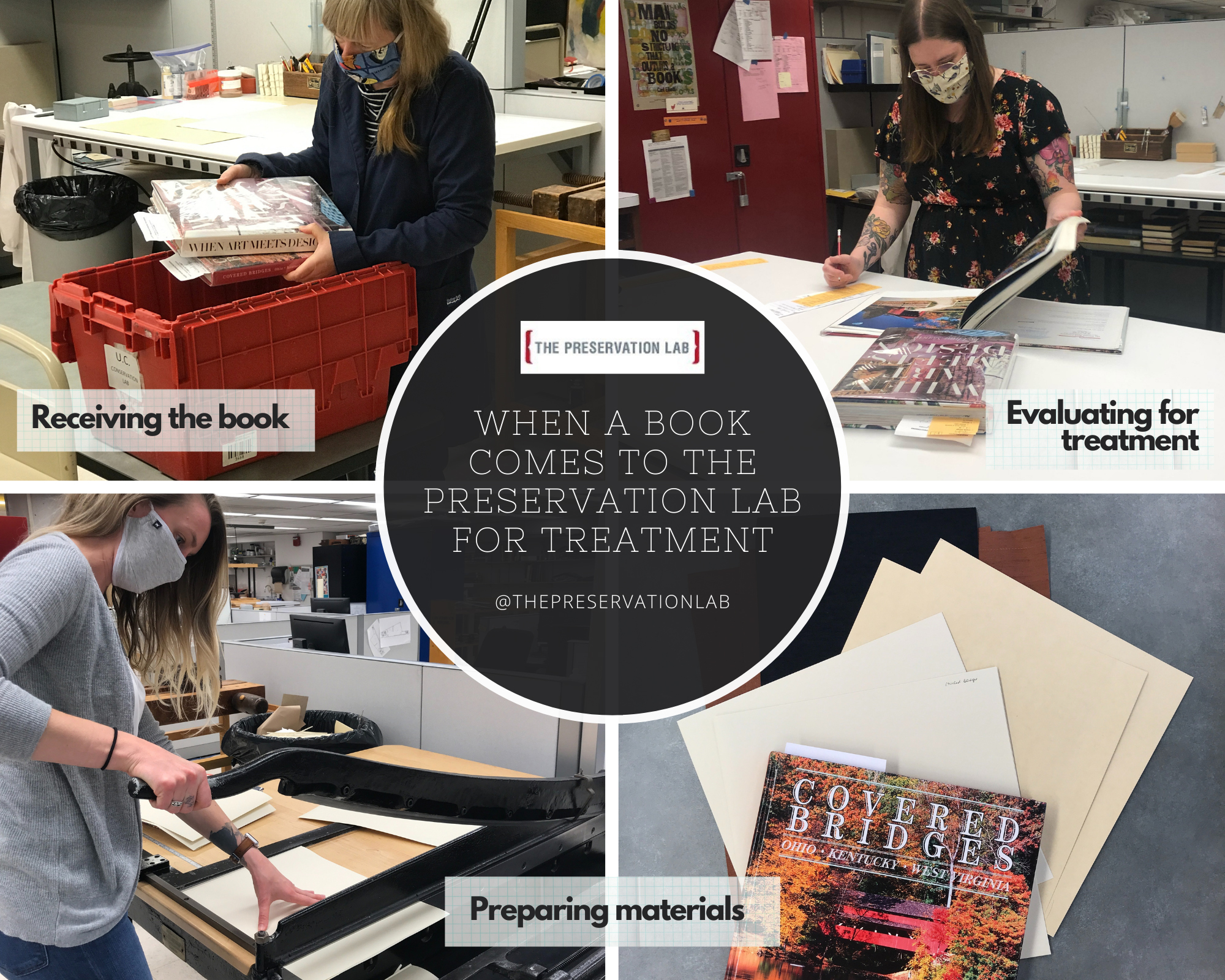
Rebinding oversize books
These two books we’re following today are oversized coffee-table books, making them some of the more complicated circulating books to treat. Because of how heavy and large the books are, the repair must be incredibly strong and durable while also maintaining as much of the original binding material as possible.
Through the lab’s experience in treating these types of books, we have found the best rebinding technique to be a split board binding. Some of the photos below show you what parts of this treatment look like, but we can say it is a time-intensive undertaking. The book is often fully disbound, resewn, and rebound in the split board style, often incorporating inlays to maintain the original cover art.
Want to learn more about split board bindings? Head over to the Preservation Lab blog for a deep dive in our post The Split-Board Binding: Extensive Yet Extremely Effective, opens a new window.
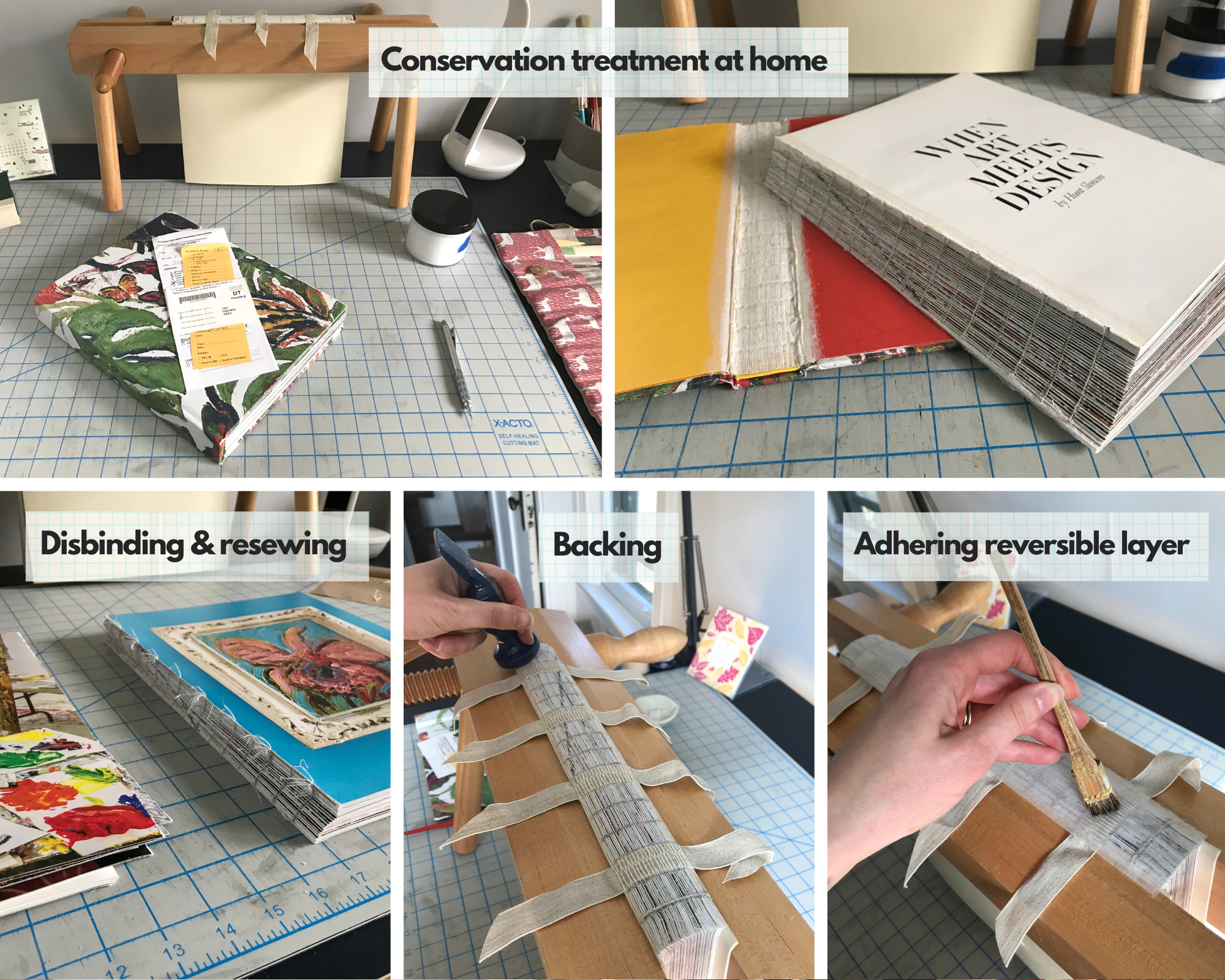

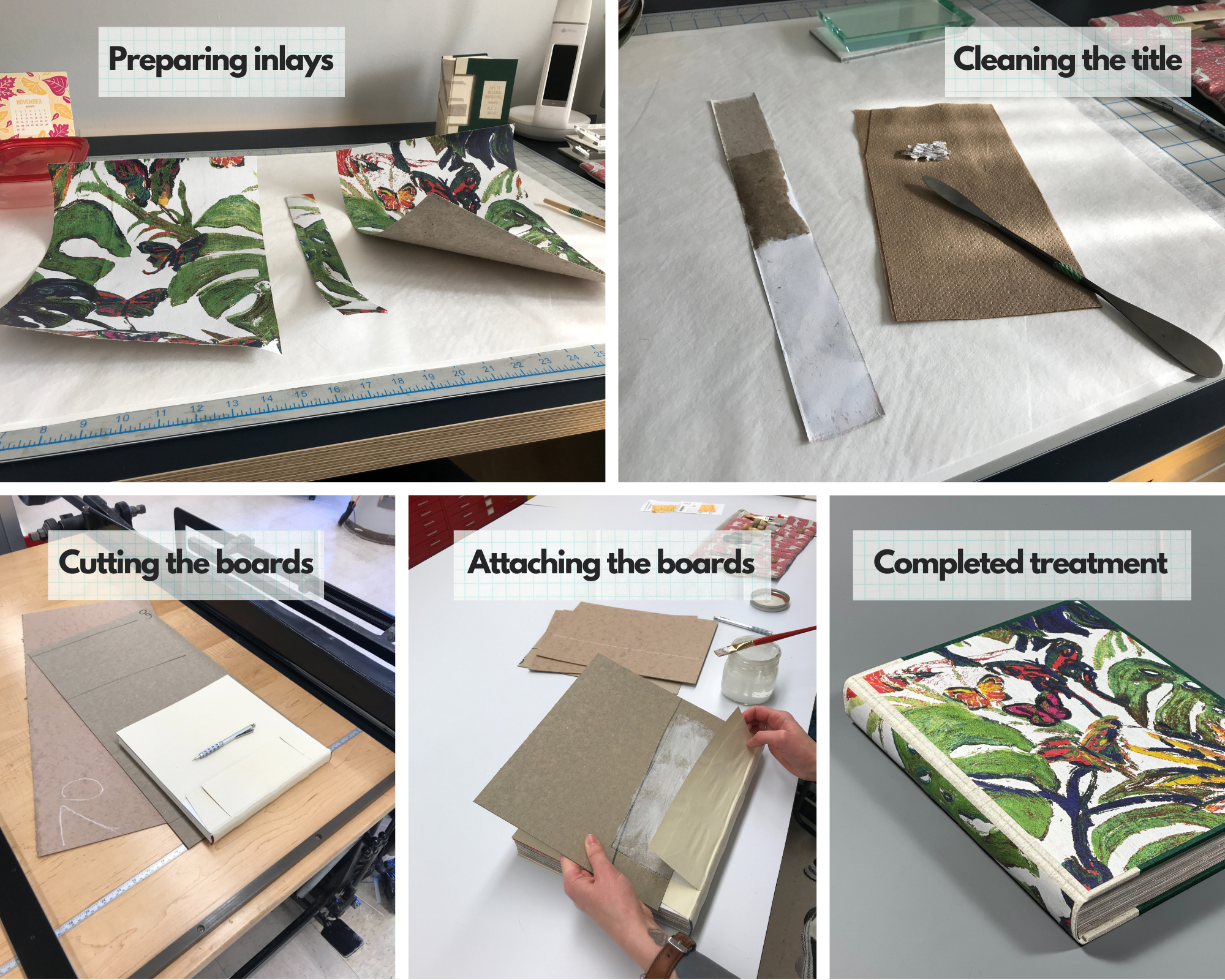
Preservation from home during the pandemic
Because the Preservation Lab staff are working primarily from home during the pandemic, extra steps are taken to conduct these treatments. Lab members are given limited time in the lab to prioritize preparing treatments to take home. They use this time to take advantage of the specialized equipment and resources in the lab. This allows us to conduct treatments at our home studios for the rest of the week. We can report that our home studios have gotten quite a few upgrades since we started working from home in March.
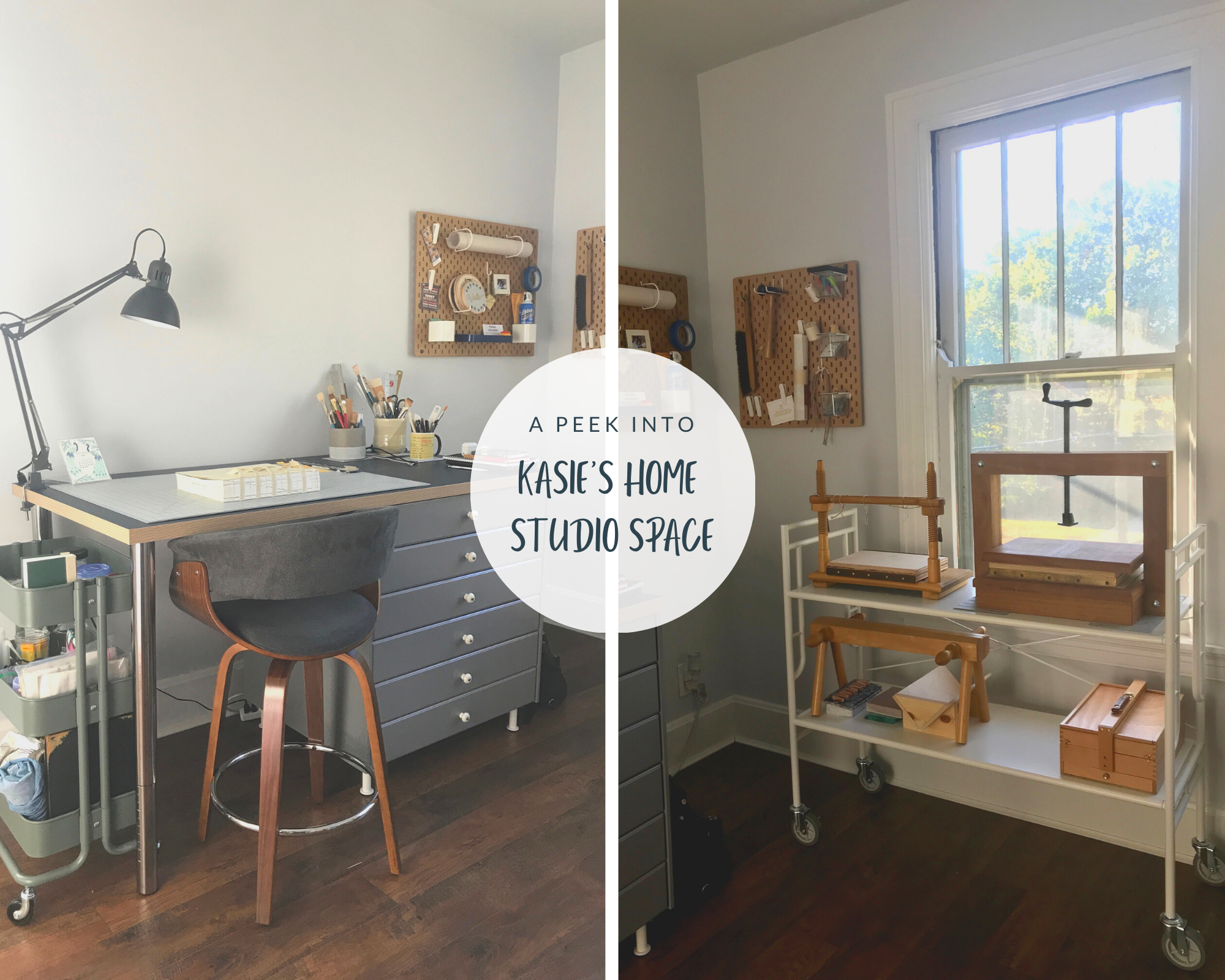
The finishing touches
When the treatments are finally complete, the fully repaired books are brought back to the lab to be evaluated. It is important to have a second set of eyes and hands check over treatments to make sure they are the best they can be, and that they can stand up to the demands of circulating public library materials.
The books are then placed into bins that are picked up by library staff, who process and return them to the proper branch or department within the Main Library, and where they can circulate freely once again. You may have come across books that we have repaired and not even known it. Covered Bridges, opens a new window and When Art Meets Design, opens a new window are back in circulation at the public library and are ready for you to check out.
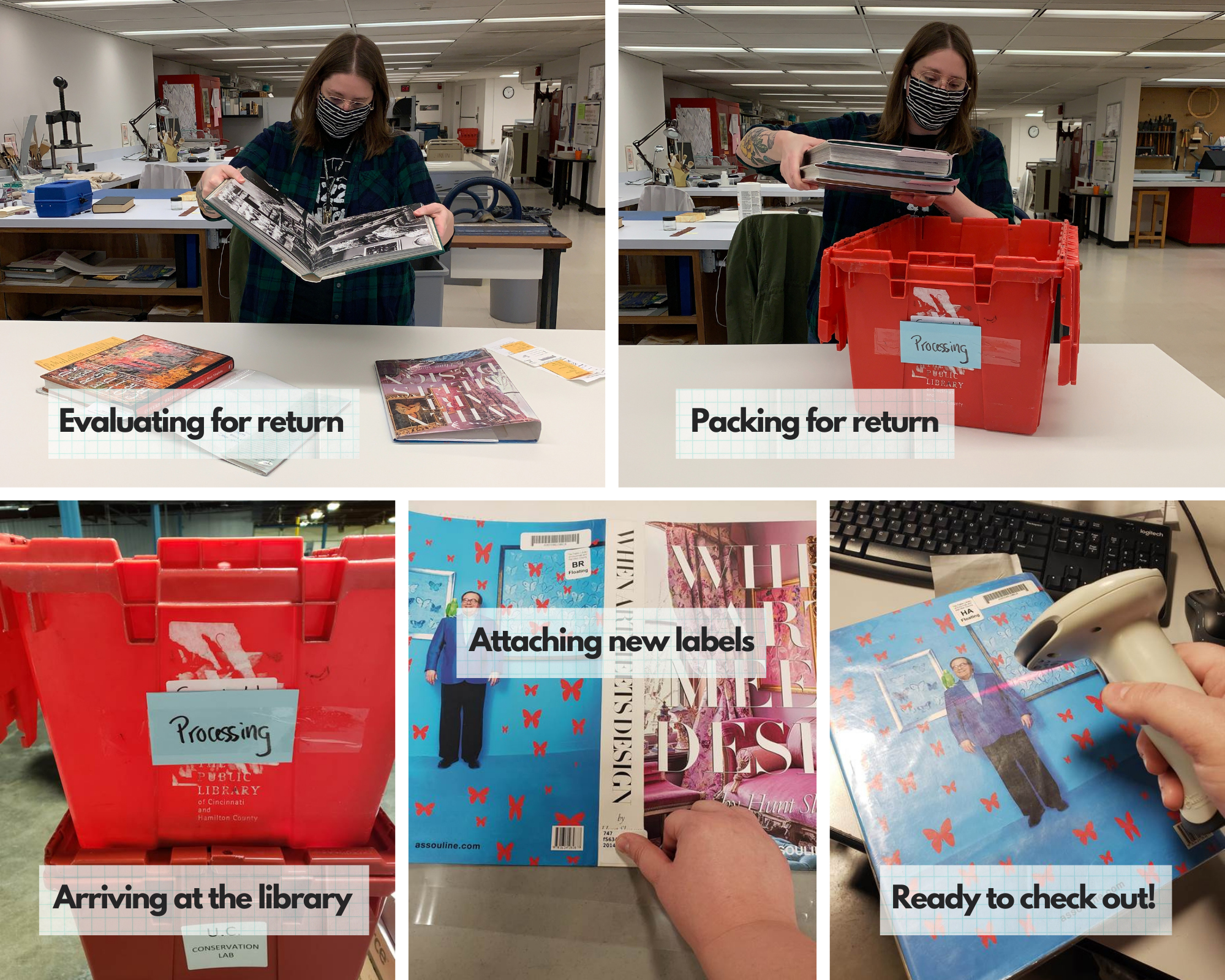
Preservation is a team effort
Not only is the Preservation Lab a collaborative space, but each treatment, like the ones we looked at here, is a result of incredible collaborations among the team. There are many steps to completing the treatment, and each lab member often has a role to play in getting those books back into the hands of library customers.
Has your interest in the Preservation Lab been piqued? Want to learn more about conservation? Curious about what type of equipment and tools we use at the lab? Check out our virtual lab tour. This Facebook Live event is at noon Tuesday, Jan. 26. For future information about the Virtual Tour follow @cincylibrary, opens a new window on Facebook and follow the Preservation Lab on Instagram (@thepreservationlab, opens a new window).


Add a comment to: A Journey from Broken to Mended: Repairing Books in the Preservation Lab